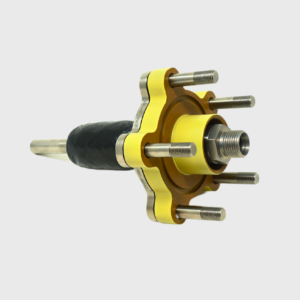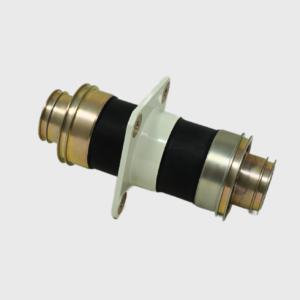- Home
- Company
- Capabilities
- Products
- Adel Clamps
- Heater Products
- Isolators
- Quick Disconnects,Valves & Hoses
- 200 Series Quick Disconnect
- 6000 Series Quick Disconnect
- Frangible Couplings/Connectors
- Hose Assemblies
- Preece 9100 Series Quick Disconnects
- Preece 9200 Series Quick Disconnects
- Preece 9400 Series Quick Disconnects
- Preece 9500 Series Quick Disconnects
- Preece 9600 Series Quick Disconnects
- Preece Swivels and Adapters
- Preece Valves
- Specialty Products
- Aerospace Tube Connectors
- Wiggins Mining Products
- Home
- Company
- Capabilities
- Products
- Adel Clamps
- Heater Products
- Isolators
- Quick Disconnects,Valves & Hoses
- 200 Series Quick Disconnect
- 6000 Series Quick Disconnect
- Frangible Couplings/Connectors
- Hose Assemblies
- Preece 9100 Series Quick Disconnects
- Preece 9200 Series Quick Disconnects
- Preece 9400 Series Quick Disconnects
- Preece 9500 Series Quick Disconnects
- Preece 9600 Series Quick Disconnects
- Preece Swivels and Adapters
- Preece Valves
- Specialty Products
- Aerospace Tube Connectors
- Wiggins Mining Products
Isolators
Composite Isolators
AdelWiggins has pioneered technology in lightning strike protection for over 20 years in designing, testing, and manufacturing of dielectric fuel and hydraulic lightning isolators. Our dielectric lightning isolators are the preferred solution to meet regulatory requirements and are in service across multiple commercial and military aerospace platforms.
Showing all 2 resultsSorted by latest
Search Products
Product categories
- Adel Clamps (8)
- Aerospace Tube Connectors (18)
- Heaters (6)
- Isolators (2)
- Mining Products (4)
- Quick Disconnects, Valves & Hoses (12)
Tags
Contact Us
© 2025 AdelWiggins Group
All rights reserved.



